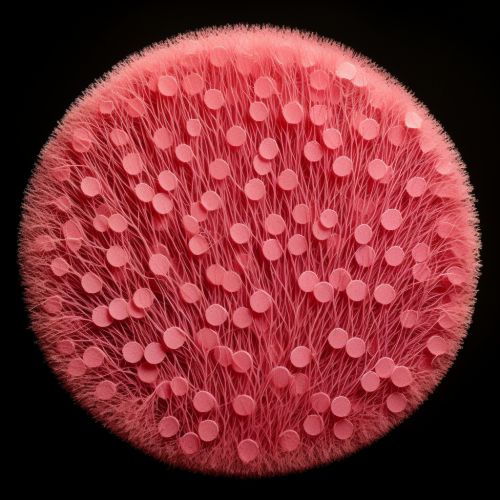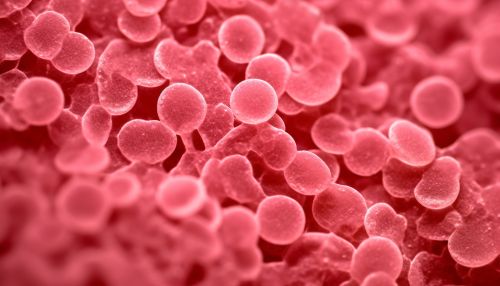Deinococcus radiodurans
Introduction
Deinococcus radiodurans is an extremophilic bacterium, one of the most radioresistant organisms known. It can survive cold, dehydration, vacuum, and acid, and is therefore known as a polyextremophile. This bacterium is capable of withstanding an acute dose of ionizing radiation 1,000 times greater than would kill a human.


Discovery and Classification
Deinococcus radiodurans was discovered in 1956 by Arthur W. Anderson at the Oregon Health and Science University. It was initially isolated from canned ground meat that had become spoiled, despite being sterilized with high doses of radiation. This led to the realization that this bacterium had an extraordinary resistance to radiation.
Genome Structure
The genome of Deinococcus radiodurans is composed of two circular DNA chromosomes, one large (2.65 Mbp) and one small (412 kbp). It also possesses a megaplasmid (177 kbp) and a small plasmid (46 kbp). The presence of multiple copies of the genome in each cell aids in its ability to repair DNA damage.
Radiation Resistance
The exact mechanisms by which Deinococcus radiodurans achieves its high level of radiation resistance are not fully understood. However, it is known that the bacterium has multiple copies of its genome and is capable of repairing DNA breaks caused by radiation. It also has a unique ability to protect its proteins from being damaged by radiation, which is thought to be a key factor in its resistance.
Potential Applications
Due to its extraordinary resistance to radiation, Deinococcus radiodurans has potential applications in several fields. For instance, it could be used in bioremediation to clean up sites contaminated with radiation. It could also be used in the field of astrobiology to study the potential for life to survive in extreme environments, such as on other planets.
